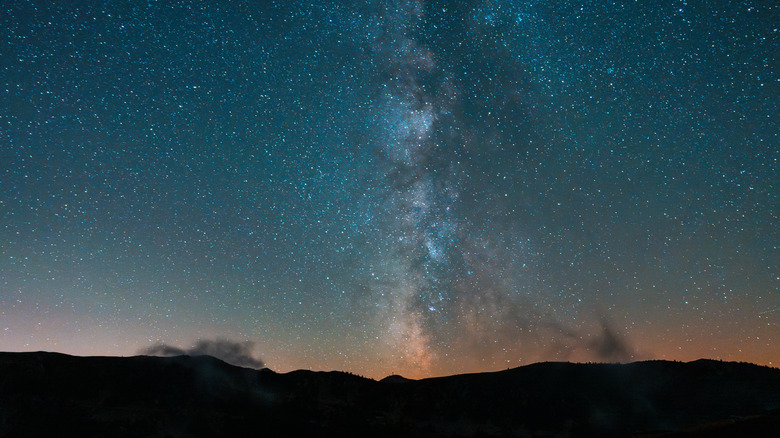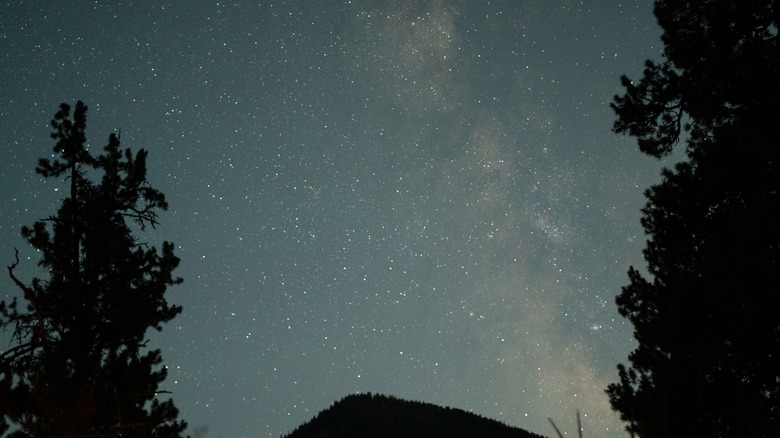According to the American Association for the Advancement of Science (AAAS), over 80 percent of the world’s population is affected by light pollution, and roughly a third of people are unable to see the Milky Way at night. Unfortunately, for much of the world, light pollution is gradually getting worse every year. It gets harder to find areas where you can see the stars in all their glory with each passing day. That’s why the work of DarkSky International is so important. The organization’s goal is to preserve places with little to no light pollution and promote the importance of reducing it wherever possible. Thanks to all the protected land in the United States, the country has almost 160 designated Dark Sky locations, all of which offer clear views of space.
However, one of the more impressive areas in the country is the Dark Sky Reserve in Central Idaho. It takes up a large portion of the state, covering 906,000 acres (or 1,416 square miles). To better visualize it, the area is roughly three times the size of Los Angeles. It’s a huge reserve, and is actually the third-largest place dedicated to dark skies, just behind Mont-Mégantic in Canada and Aoraki Mackenzie in New Zealand.
A majority of Idaho’s reserve is in Sawtooth National Forest, but it also covers pieces of several nearby counties and two other wilderness areas. It encompasses towns including Ketchum, Elkhorn, and Stanley as well. To get to most of the park, you’ll want to drive down Highway 75, though a small segment near Stanley runs along Highway 21 that you can visit as well.
Why visit Idaho’s Dark Sky Reserve?
The Dark Sky Reserve stands out among the rest in the United States as the country’s first international reserve dedicated to the sky, and only the 12th globally as of 2017. On top of that, it earned a Gold-Tier rating. While the system was no longer used after 2018, those originally placed under the Gold Tier were considered to have the darkest night skies
The Central Idaho Dark Sky Reserve deserves every bit of its status. It took the community over 20 years to get to where it is now. Through a series of efforts and policies by businesses, city and county officials, and land managers, the community managed to create a location that allows everyone to enjoy some of the darkest and purest night skies. There are plenty of places to see the stunning night sky in the United States, including Flagstaff, Arizona, where you can stargaze at the charming town out west designated as the world’s first international dark sky city. However, this Idaho destination has worked hard to keep its skies brilliantly visible and spread awareness of the harm of light pollution, and it continues to do so.
Though this location is brilliant at night, you can also explore the area during the day. Sawtooth Wilderness, White Clouds Wilderness, and Hemingway-Boulders Wilderness are all part of the reserve and offer plenty of amazing daytime views. Sawtooth in particular is a great scenic destination and the perfect place to go if you want to skip the crowds at Grand Teton National Park and visit other awe-inspiring Idaho mountains instead.




